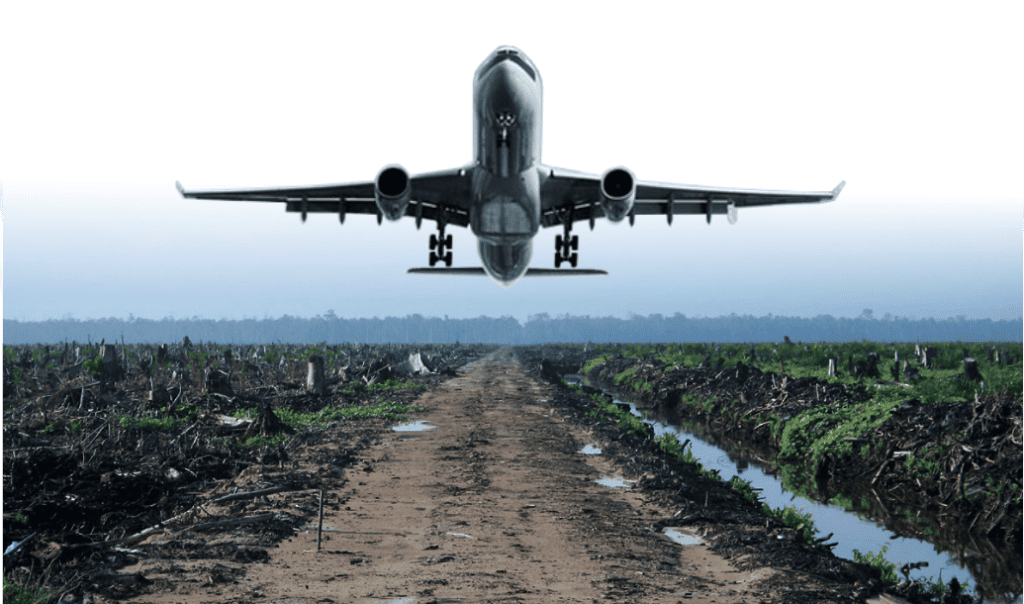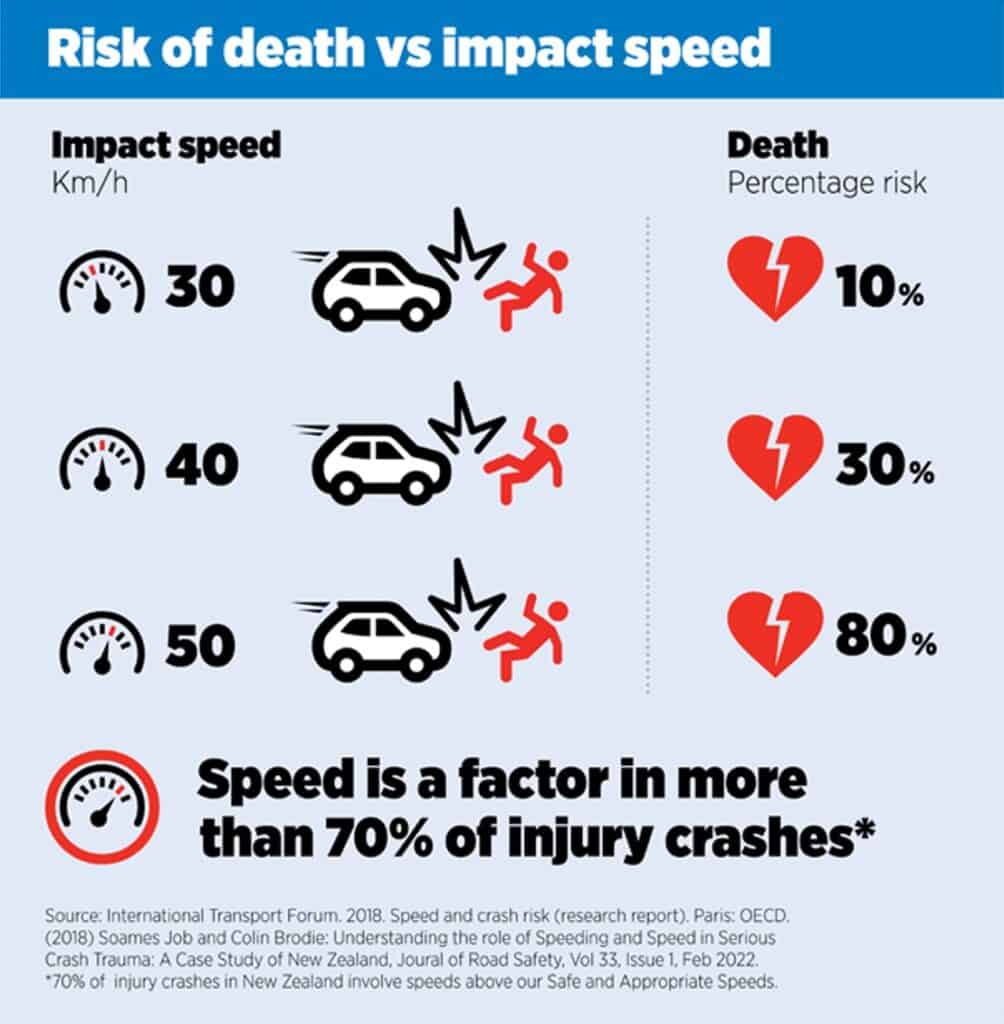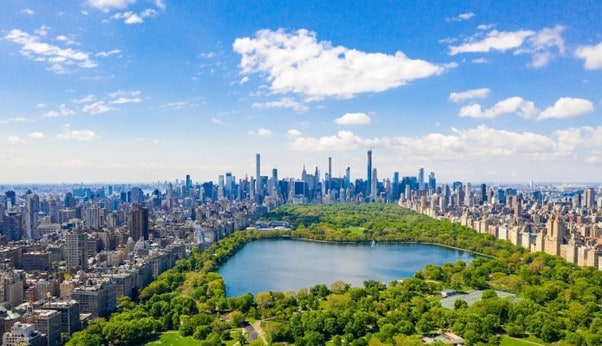By Paul Callister, Don’t Burn Our Future, 24 June 2023

The Climate Change Commission is calling for evidence as to whether emissions from international shipping and aviation should be included in the emissions reduction target (‘the 2050 target’). Given the need to dramatically and rapidly reduce all GHG emissions, it is vital all sectors must be accounted for. If a sector underperforms in this regard, it needs to be compensated for by deeper cuts in other sectors. Yet, we also recognise that both shipping and aviation are especially important to Aotearoa New Zealand given our geographic isolation.
[Read more…] about Can Aotearoa NZ fly high on biomass?


